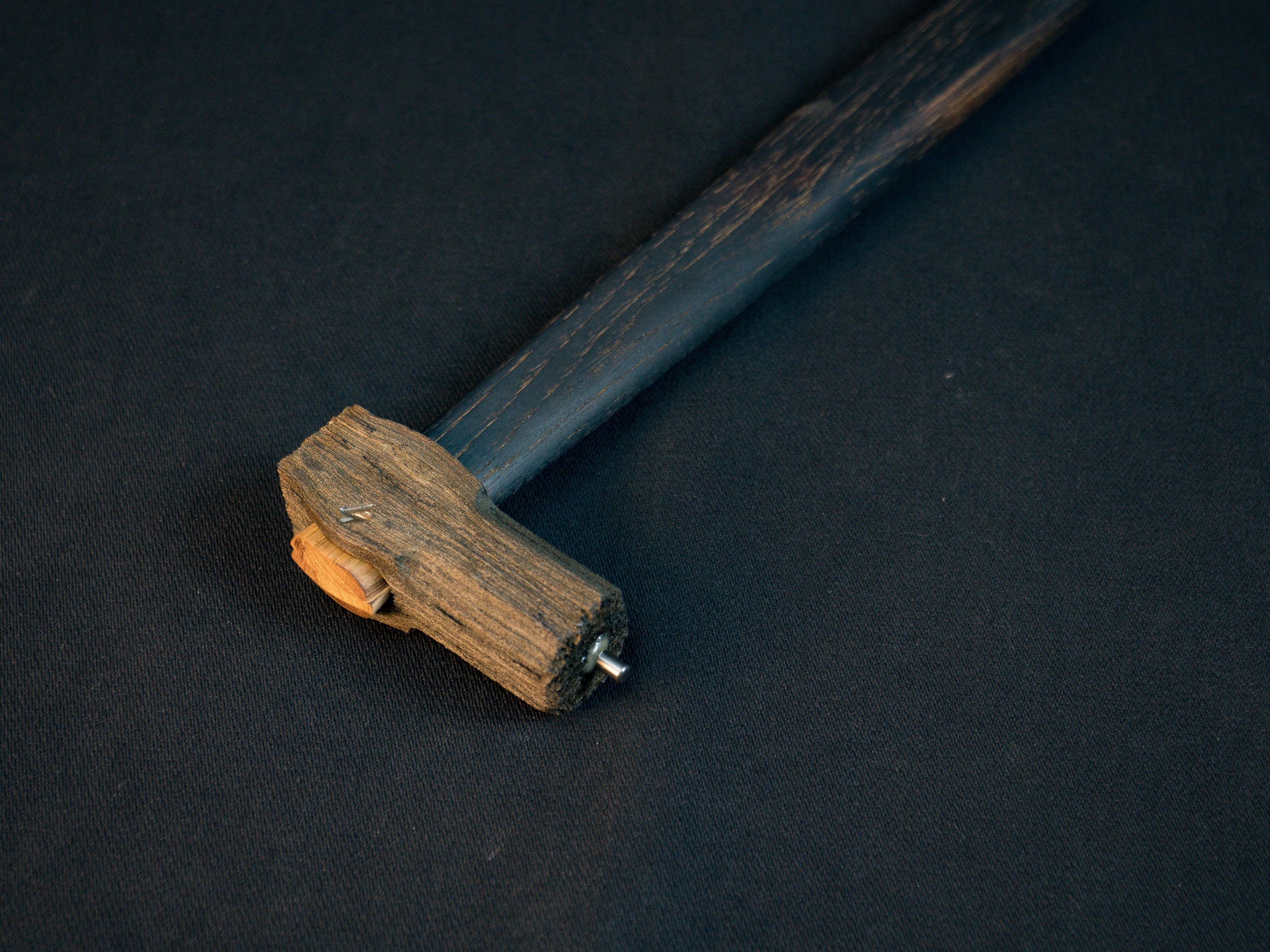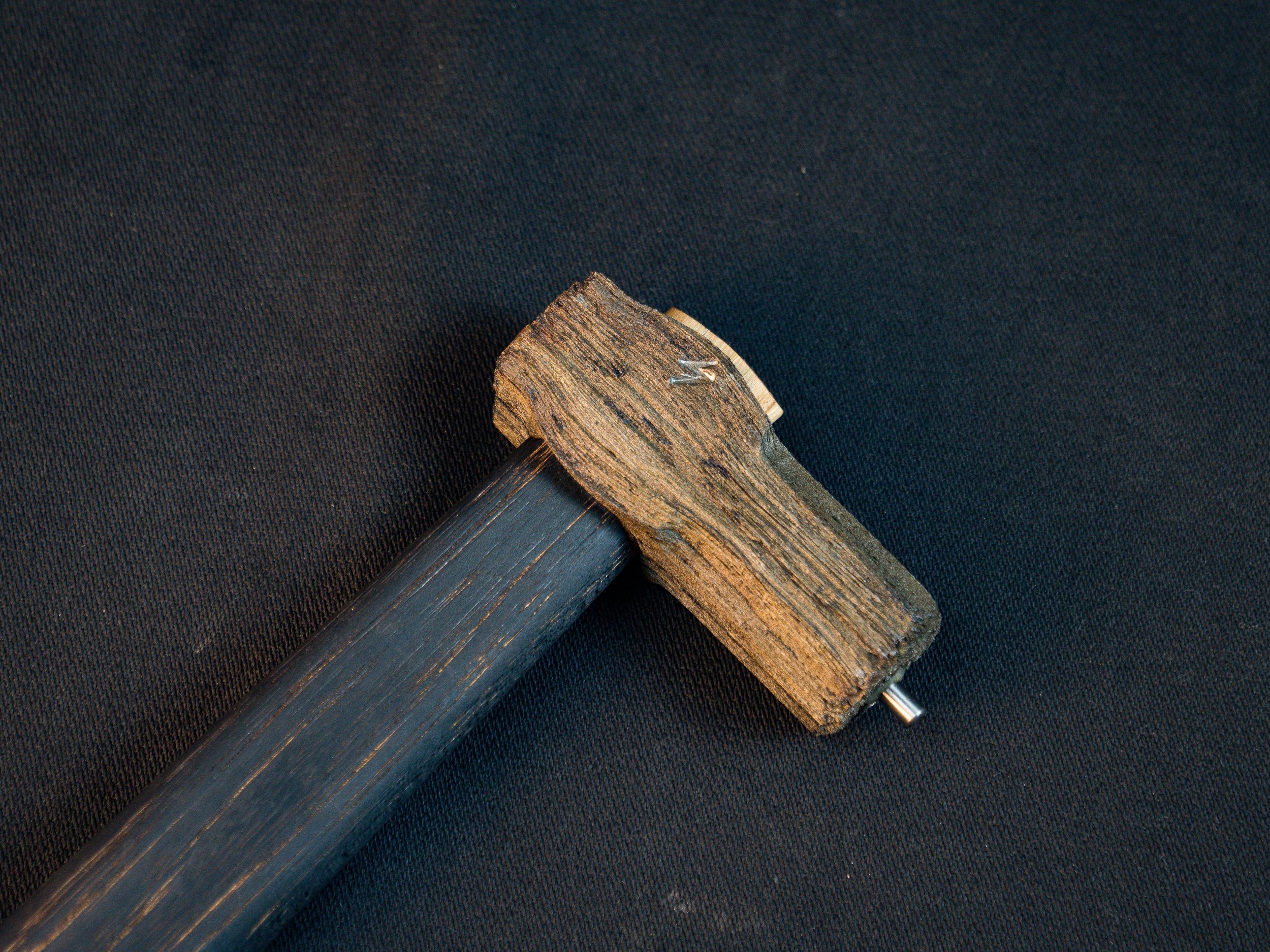Wrought Iron Straightening Hammers
There is a lot to talk about with these hammers. Let’s start off with what wrought iron is. We have heard the term “wrought iron gates, fences, etc.” But wrought iron is actually referring to a particular material. Back in the late 1800s and early 1900s, steel was expensive, especially well refined steel. What was readily available and used for almost everything was wrought iron. It was pretty much just iron, but it had lots of impurities in it. I don’t know if it was the technology of the time, or the cost to refine it, or a combination of the two that led to this material being used back then. Old bridges were made using primarily wrought at that time because making a bridge out of steel was way too expensive. Plus, the wrought iron was softer, and offered much more flex, without breaking. Wrought iron hasn’t been made for a long time, because we are able to purchase well refined, quality steels, at an affordable price now. Also, there aren’t many applications where impure, or pure refined iron are needed anymore. It has been abandoned by almost everyone and every application. However, blacksmiths and bladesmiths can still use wrought, etch it in acid, and reveal the impurities in the iron to create something beautiful and unique. You can aggressively etch the wrought to look like old weathered wood, or something archaeologists dug up that is 2,000 years old.
Okay, now onto the straightening aspect. One issue knifemakers can have are warped blades. After hardening it is not uncommon for your once straight blade to turn into a banana. Straightening hardened blades can be tricky because of the risk of cracks or breaking the knife altogether. One method that has been quickly gaining popularity is using carbide hammers. Carbides are super hard, even harder than a hardened knife. You can use them, and lightly tap the warped knife, massaging and gently moving the surface of the steel. This creates tension and can bend the knife back to straight. Pretty cool huh?
These hammers here were made with broken carbide end mills and old wrought iron from the Williams Bridge from Gallatin Gateway near Bozeman Montana. I etched them super aggressively to look like old weathered wood or an ancient artifact. It is also worth mentioning that the lighting in the photo booth turned the hammer heads rusty orange colored. In direct light they are more gray colored.



